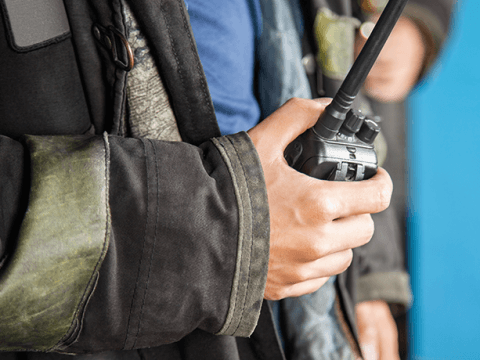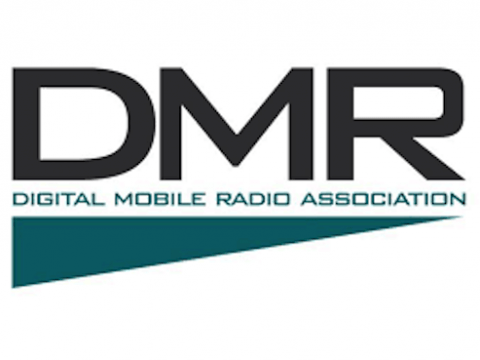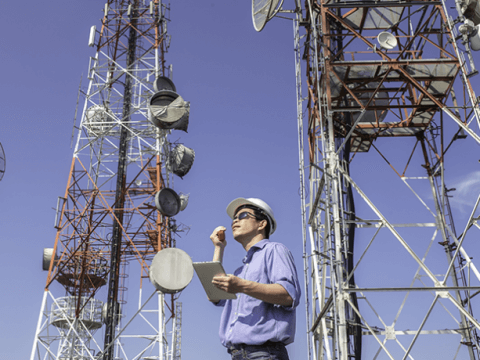DMR Migration: What You Need to Know
If you're still using an analogue two way radio system, it's time to consider upgrading to a digital mobile radio (DMR) system.
Analog radios are simple and affordable, but DMR is undoubtedly the way of the future. The good news is that changing from an analogue to a digital system need not be challenging or expensive.
For the needs of modern communication, DMR technology is the best choice since it offers improved speech quality, better coverage, and more efficient use of frequencies. As two-way radio technology has improved so much recently, it make it difficult to compare the capabilities and benefits of DMR and Analogue as they are so vast. Analogue radios were certainly a valuable option in the past, however DMR is evolving and contains a number of features worth looking at.
We'll take you through each step involved in converting your analogue radio system to DMR in this guide, and for more information you can download our overview.
DMR Migration Frequently Asked Questions
Q: What is DMR and why should I migrate from analogue to it?
A: DMR, or digital mobile radio, is a radio technology that uses radio waves to transmit voice and data. Compared to analogue systems, DMR provides superior voice quality, greater coverage, and more effective frequency usage. Additionally, it offers more sophisticated functions like text messaging and Location monitoring and is more secure.
Q:What tools will I need to migrate over to DMR?
A: A DMR network, a repeater, and DMR radios are required for DMR migration. To ensure peak performance, you might also need to upgrade your antennas and cabling.
Q:How do I select the appropriate DMR equipment?
A: Your individual communication needs and budget should be taken into account when selecting DMR equipment. Check for radios that have capabilities like text messaging, GPS tracking, and emergency alarms. Find a trustworthy vendor, such as 2826 LTD to assist you with the procedure. As they can help to make sure the equipment is compatible with your current infrastructure.
Q:How can I migrate my current contact data to my new DMR system?
A: You must programme your new DMR radios with the same chat groups and frequencies as your current analogue system. With the proper tools, existing contact lists can easily be imported into the new system. A professional can take care of this.
Q:How should my team be trained to use the new DMR system?
A: Educate your team thoroughly on how to operate the new DMR system, including how to place calls, send messages, and use its more sophisticated capabilities. Think about producing user guides and holding practical training sessions.
DMR Adoption vs Analogue Two Way Radios
If you're on the fence about whether it's time to migrate to DMR, this interesting graphic shows the trend that has been happening, and will continue to do so. Read more about who businesses are moving away from analogue and towards DMR.
DMR Migration Process
Migrating your two-way radio solution from analogue to DMR is a straightforward process that can greatly improve your communication capabilities. Here is an overview of a typical process:
- Analyse your present communication requirements and spending
- Locate a supplier or partner who can assist you with migration, and ask them for guidance and estimates.
- Make sure that the DMR equipment you choose is compatible with your current infrastructure.
- Then set up the network, the repeater, and the new DMR radios.
- Set up the new radios with the same discussion groups and frequencies as your current analogue system.
- Using the necessary tools, import your current contact list into the new system.
- Your team should receive training on how to use the new DMR system.
- This can include how to place calls, send messages, and use the more complex functions.
- . Observe the performance of the new system and make any necessary adjustments.
You can make the switch to a more sophisticated and effective communication system painless by following the step-by-step instructions and answering the frequently asked questions. For more information on radio migration, contact our team of experts today!



